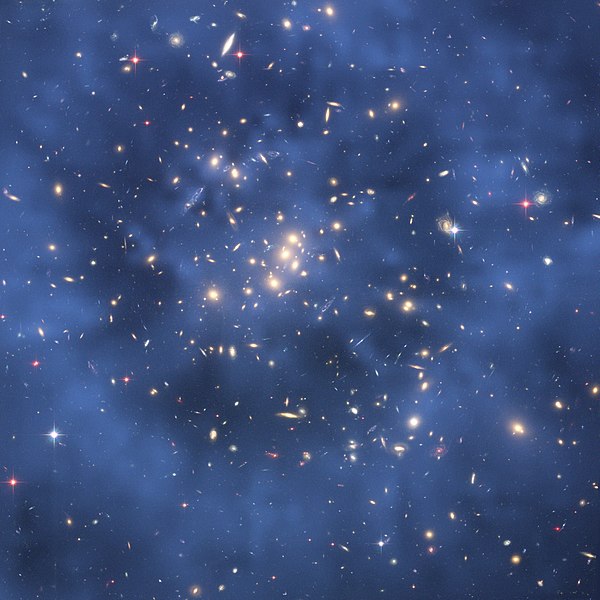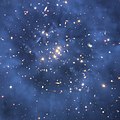Ladawan:CL0024+17.jpg

Pakadakula kan pasirip na ini: 600 × 600 na pixel. Ibang mga resolusyon: 240 × 240 na pixel | 480 × 480 na pixel | 768 × 768 na pixel | 1,024 × 1,024 na pixel | 2,048 × 2,048 na pixel | 3,921 × 3,921 na pixel.
Orihinal na file (3,921 × 3,921 na pixel, pakadakula: 23.03 MB, tipo nin MIME: image/jpeg)
Kasaysayan kan file
Pinduton an sarong petsa/oras para mahiling ng file sa puntong idto.
| Petsa/Oras | Thumbnail | Sukol | Paragamit | Komento | |
|---|---|---|---|---|---|
| presente | 21:33, 19 Hulyo 2009 |  | 3,921 × 3,921 (23.03 MB) | Tryphon | Original size. |
| 09:36, 17 Mayo 2007 |  | 1,280 × 1,280 (1.75 MB) | Clh288~commonswiki | {{Information |Description=Astronomers using NASA's Hubble Space Telescope have discovered a ghostly ring of dark matter that formed long ago during a titanic collision between two massive galaxy clusters. The ring's discovery is among the strongest evide |
Paggamit sa file
Ginagamit kan minasunod na pahina an file na ini:
Pankinaban na paggamit sa file
Ginagamit kan mga minasunod na wiki an file na ini:
- Paggamit sa af.wikipedia.org
- Paggamit sa ar.wikipedia.org
- Paggamit sa az.wikiquote.org
- Paggamit sa bn.wikipedia.org
- Paggamit sa bn.wikiquote.org
- Paggamit sa cs.wikipedia.org
- Paggamit sa cy.wikiquote.org
- Paggamit sa el.wikipedia.org
- Paggamit sa en.wikipedia.org
- Paggamit sa en.wikiquote.org
- Henry David Thoreau
- Leo Tolstoy
- Niels Bohr
- Karl Popper
- Arthur C. Clarke
- Friedrich Nietzsche
- Kate Bush
- Emily Brontë
- Ludwig Wittgenstein
- Helen Keller
- Joseph Addison
- Isaac Newton
- Jorge Luis Borges
- Edgar Allan Poe
- Fyodor Dostoyevsky
- Stephen Hawking
- Nikola Tesla
- Leaves of Grass
- Julian (emperor)
- Richard Feynman
- Four Quartets
- Eric Hoffer
- Jack Kerouac
- Aldous Huxley
- Aleister Crowley
- James Branch Cabell
- Denise Levertov
- Ken Wilber
Hilingon an kadagdagan na pankinaban na paggamit sa file na ini.



